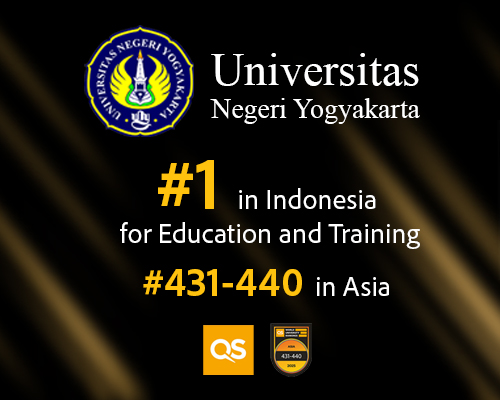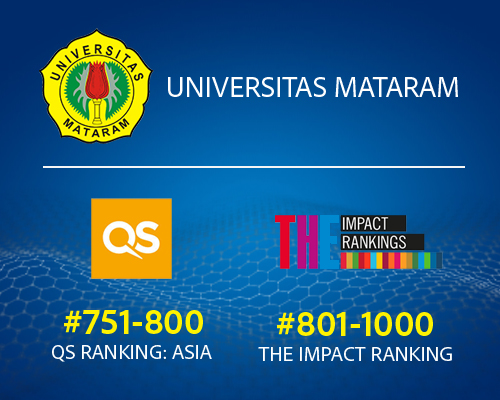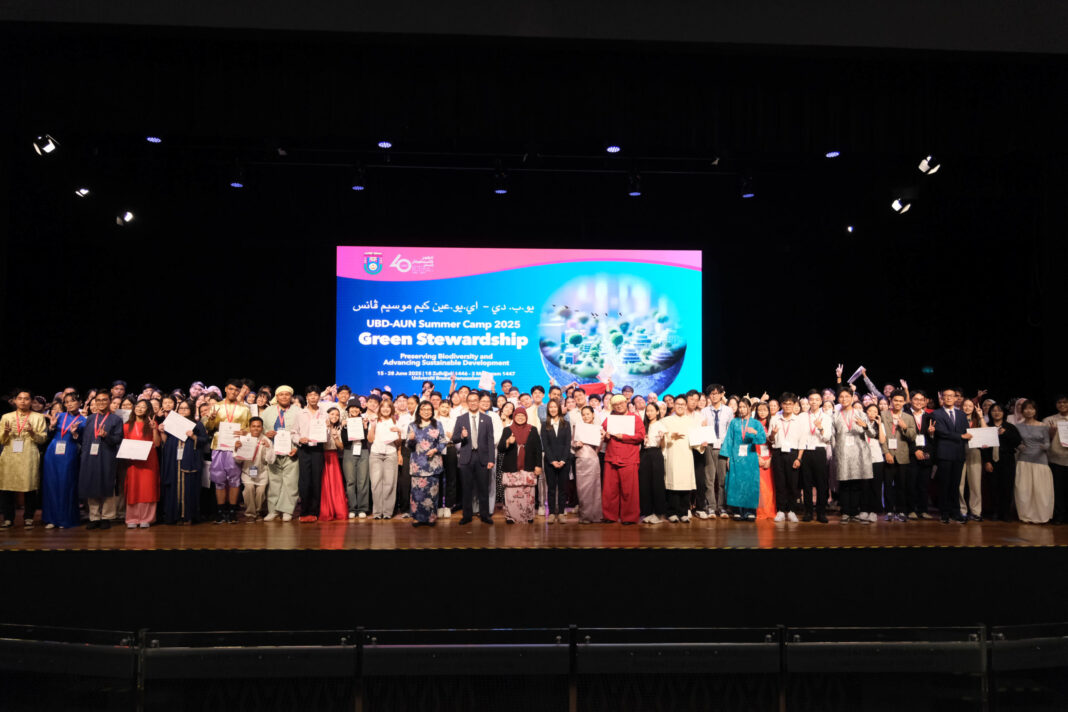Singapore’s data centre boom threatens to undermine the city-state’s climate goals as operators prioritise efficiency metrics over genuine environmental impact. A comprehensive value chain approach—spanning construction to decommissioning—offers a pathway to transform this carbon-intensive industry into a sustainability leader.
**Key Points**
- Singapore’s current Green Mark standards focus primarily on energy usage, overlooking deeper issues like embodied carbon and excessive data consumption
- Most Singapore data centres are brownfield assets with 15-20 year lifespans, yet no regulatory guidance exists for retrofitting these facilities
- Regional connectivity improvements in Indonesia and Malaysia could diminish Singapore’s competitive advantage without credible renewable energy solutions
- Financial institutions avoid investing in brownfield data centre upgrades despite their huge potential for emissions reductions
- Lower efficiency expectations for tropical data centres (PUE 1.5 vs 1.2 globally) discourage innovative decarbonisation solutions
How Can Singapore Green Its Data Centre Industry Through Value Chain Innovation?
Research by SMU Professor of Urban Climate Winston Chow and collaborators reveals critical regulatory gaps in data centre sustainability that simultaneously pose risks and opportunities for Singapore’s digital infrastructure sector. Published in npj Urban Sustainability, their study examines how coordinated action across the entire value chain could revolutionise the industry’s environmental impact.
Professor Chow, who also serves as Co-Chair for Working Group II of the Intergovernmental Panel on Climate Change, emphasises the inadequacy of current approaches. “Typically, governments regulate what’s easiest and visible. Industry avoids risk and cost. Financiers fund what’s measurable and low-friction,” he explains. “This patchwork and piecemeal approach is not enough for real climate impact.”
Why Does Singapore Risk Losing Its Data Centre Edge?
The Association of Southeast Asian Nations region experiences data centre demand growth of up to 20 per cent annually through 2028, driven largely by artificial intelligence expansion. Consequently, Singapore faces mounting pressure to maintain its position as the region’s digital hub while advancing sustainability goals.
Regional Competition Intensifies
As connectivity infrastructures improve across Indonesia and Malaysia, Singapore must develop credible renewable energy solutions to stay competitive. The research highlights an opportunity for Singapore to become a testbed for sustainable tropical data centres, particularly as the republic invests in developing an ASEAN renewable energy power grid.
Data centres gravitate toward financial hubs offering reliable connectivity, energy infrastructure, and submarine cables for secure international transmission. However, these advantages diminish without corresponding environmental leadership.
What Challenges Do Existing Data Centres Present?
Singapore’s regulatory framework contains significant gaps regarding brownfield facilities—existing data centres representing the majority of the republic’s digital infrastructure assets.
Retrofitting Receives Insufficient Attention
The current Green Mark standard primarily emphasises energy usage indicators while overlooking embodied carbon footprints and excessive data consumption patterns. Notably, with most Singapore data centre assets being brownfield facilities possessing 15-20 year remaining lifespans, the absence of retrofitting guidance represents a critical oversight.
Investor-owners typically maintain short-term horizons for data centre portfolios, creating little incentive for green retrofit capital expenditures. This dynamic perpetuates inefficient operations across aging infrastructure.
*The stakes couldn’t be higher for Singapore’s digital economy leadership.*
How Can a Systems Approach Transform the Value Chain?
Professor Chow advocates examining the complete data centre lifecycle, extending far beyond individual building operations to encompass supporting sectors and suppliers.
Construction and Design Phase Requirements
The embodied carbon footprint of building materials frequently escapes regulatory scrutiny. New facilities should incorporate low-carbon materials, climate-resilient designs, and adaptability for evolving energy efficiency technologies.
- Specify low-carbon construction materials and methodologies
- Design for current and projected extreme weather resilience
- Build adaptability for changing energy efficiency technologies
- Integrate renewable energy infrastructure from project inception
Operational Phase Improvements
Beyond energy efficiency metrics, operators must address fundamental demand drivers. The Climate Neutral Data Center Pact requires signatories to commit to carbon-free energy, responsible water consumption, heat recycling, and server reuse practices. However, only one Singapore-headquartered company has joined this initiative.
End-of-Life Management
Decommissioning strategies must optimise valuable metal and rare earth element recovery while preventing hazardous substance contamination. This phase receives minimal attention despite its environmental significance.
What Role Should Financial Institutions Play?
Current sustainable financing practices favour greenfield projects while avoiding brownfield upgrade investments that offer substantial emissions reduction potential.
Innovative Financing Mechanisms
Green bonds and private equity predominantly support new developments rather than existing facility improvements. Financial institutions could implement comprehensive value chain assessments with annual interest rate reviews tied to sustainability performance.
Step-up clauses that increase borrowing costs for missed sustainability targets would create robust accountability mechanisms. Such approaches would encourage genuine environmental improvements rather than merely efficient operations.
Why Do Industry Stakeholders Resist Innovation?
Conservative operational practices persist despite evidence supporting more sustainable alternatives. Data centre operators continue maintaining temperatures between 18-22°C rather than adopting the more efficient 24-31°C range suitable for tropical environments.
Lower Performance Expectations Limit Progress
Investors accept Power Usage Effectiveness ratios of 1.5 or below for Southeast Asian facilities compared to the international standard of 1.2 or below. This regional variation reflects perceived tropical constraints but actually undermines incentives for innovative solutions.
| Region | PUE Target | Environmental Rationale |
|---|---|---|
| Global Standard | 1.2 or below | Optimal efficiency benchmark |
| Southeast Asia | 1.5 or below | Tropical environment accommodation |
| Singapore Potential | 1.2 or below | Innovation-driven solutions |
Bottom Line
Singapore’s data centre industry stands at a crossroads where regulatory gaps present opportunities for unprecedented sustainability leadership. The research demonstrates that genuine environmental impact requires coordinated action across technology innovation, policy development, investment strategies, and workforce training rather than isolated efficiency improvements.
Moving forward, stakeholders must embrace comprehensive value chain thinking that transforms how facilities are built, operated, retrofitted, and decommissioned. Without this systemic approach, Singapore risks losing its digital infrastructure advantages to neighbouring jurisdictions while failing to achieve its climate objectives. The window for establishing credible green data centre leadership remains open, but requires immediate collaborative action across all industry participants.






